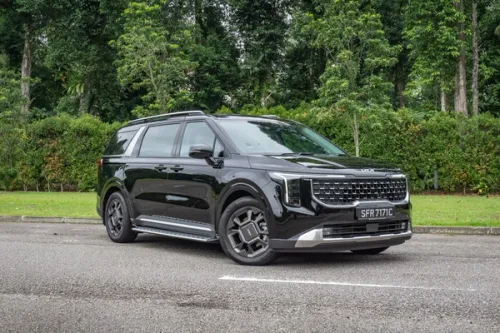Jaguar One Charge Challenge - One Charge Was All It Took To KL
We drive a decked-out all-electric Jaguar I-Pace up to KL during Jaguar’s One Charge Challenge, and reach our destination with 35km left on the dial, and live to tell the tale.


The idea of an electric vehicle (EV) being a viable alternative is not all that new. Early model EVs were only good for ranges just above 100km, or the equivalent of just getting to work in a larger country with perhaps the battery-robbing air-conditioning on and your CD player playing. Charging these cars would take approximately 8 to 10 hours, and you would likely have no social life after unplugging from the charging point at your office, since you would be hard pressed to make it back home just to plug in again.
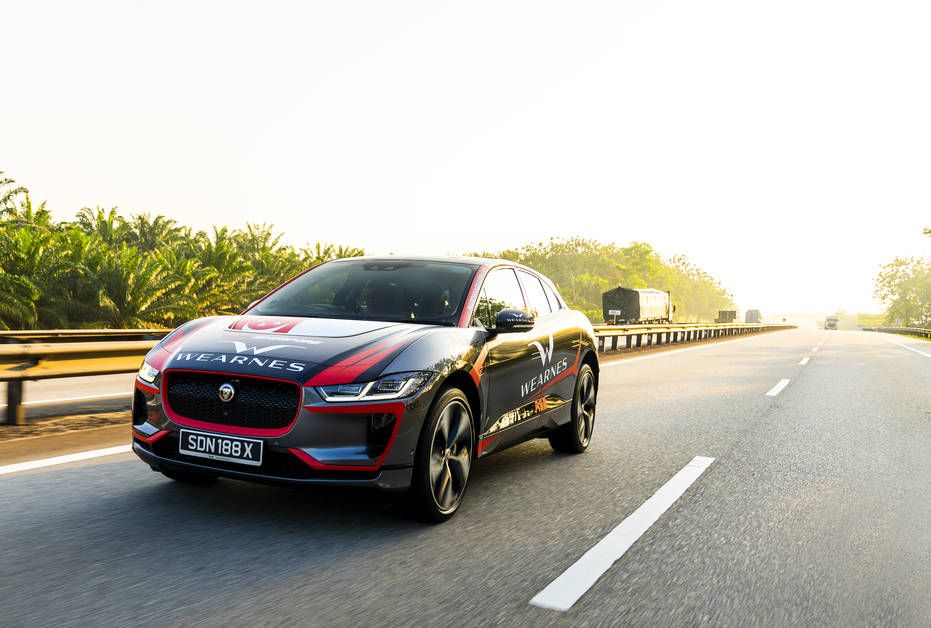
Photo credit: Jaguar Singapore & alvineatsrice
Fast forward to present-day, batteries have higher capacities and that would mean for us, some normality if we were to switch over… would it be a good idea just yet? We decided to find out how does an EV fare in a real world test.
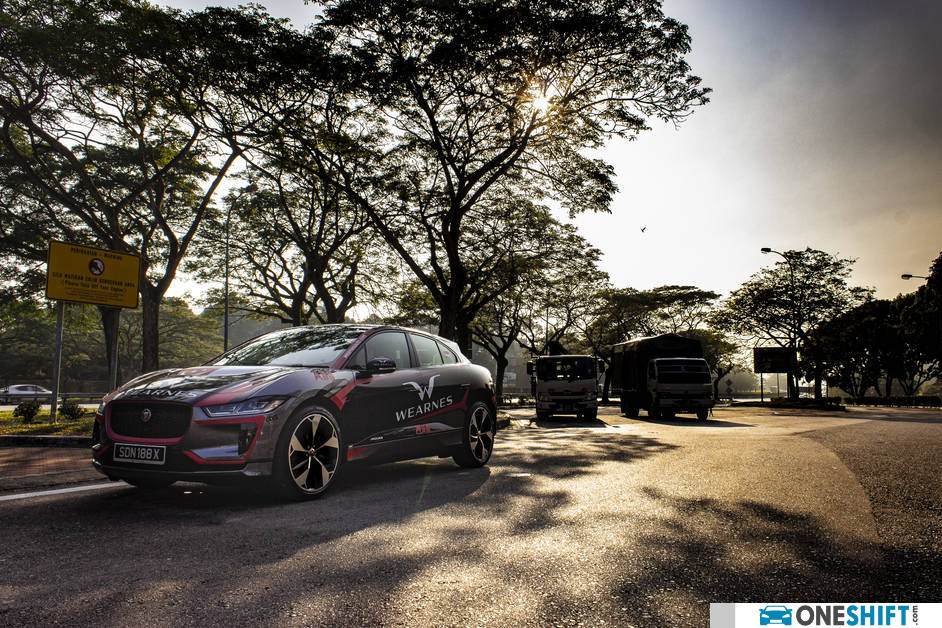
We jumped at the opportunity to try this out on a drive up North, with the dangled carrot of taking the I-Pace onto Sepang International Circuit, under the guidance of racing driver, Simon Evans, winner of the Jaguar I-Pace eTrophy for a spin the next day.
The Jaguar One Charge Challenge takes us from the second link, through Malaysia’s North-South Expressway to its capital, approximately 380km in all. At the Jaguar showroom, where we began our journey, the I-Pace is fully charged, displaying a maximum range of 425km, something which I am sceptical about, since most lab-tested fossil fuel-burning cars tend to stake claim to a better-than-real world fuel consumption. Our journey was also shadowed by another I-Pace which fell a little more into the... shadows, since it did not have the same fancy livery found on our car.
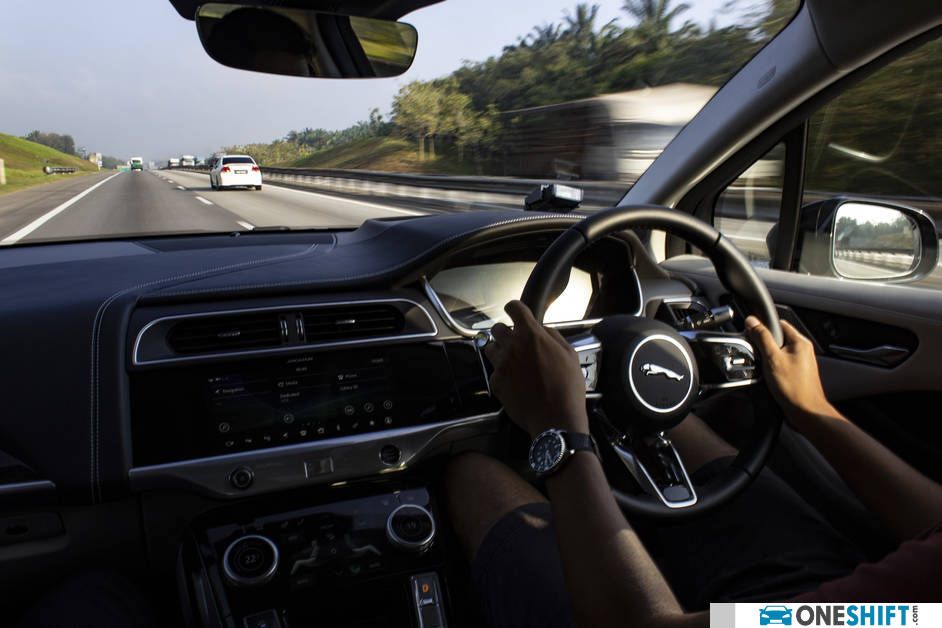
The first few legs of the journey were uneventful, with us at times even giving the I-Pace a healthy squeeze of the accelerator pedal (while watching the projected range yo-yo-ing up and down). Electric car acceleration is addictive, since it is just heaps of torque-on-demand. Drive characteristics though, are quite different to those of regular cars. Releasing the accelerator induces heavy regenerative braking, and the system does bite down hard.
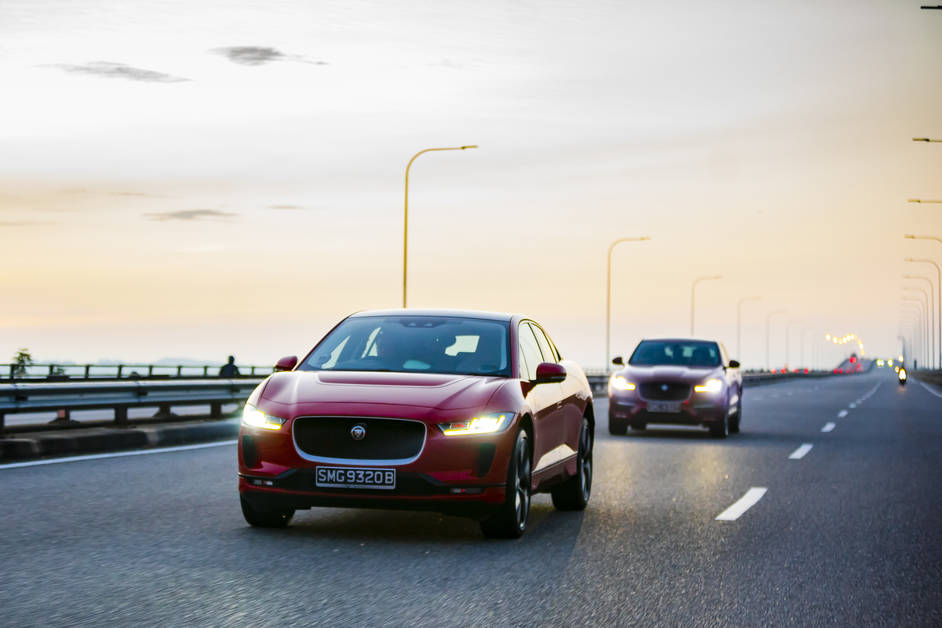
Photo credit: Jaguar Singapore & alvineatsrice
Soon, you are trained to drive the car smoothly, with your foot on the accelerator pedal, doing the balancing act of more, or less acceleration, even around the bends, and hardly lifting off. The brake pedal on the other hand is mostly used to get the car into an actual stop, and offers on its own lesser braking power than most brake systems found on regular cars. One also cannot help but to keep looking down at the instrument panel and the ever-depleting range the I-Pace has left. Somewhere near Malacca, our range plummets to around 195km.
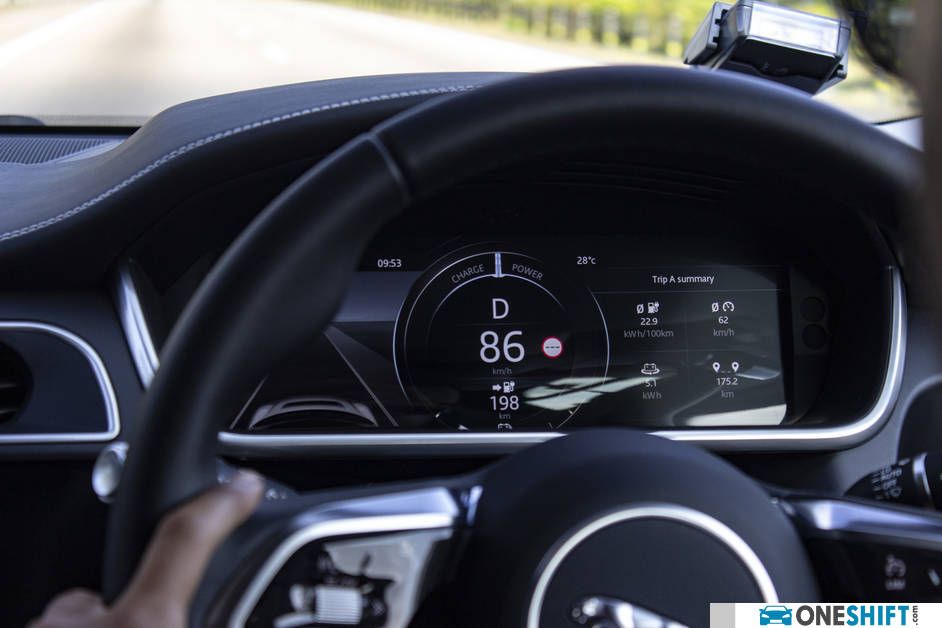
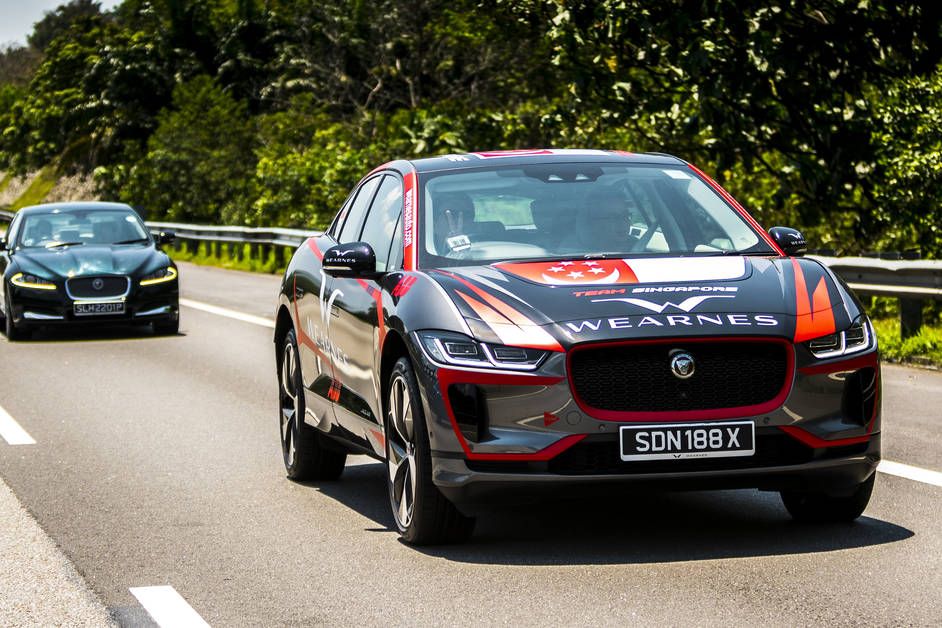
Photo credit: Jaguar Singapore & alvineatsrice
While on the road we did pass a few places (fuel stations included) which had low voltage 3.7kW chargers available, which would mean that they are there to add some considerable amount of juice to your ride while you take a break… NOT. Well you see, a 3.7kW charger would likely take about 30 hours to fully charge the car we are driving, meaning in context, that if you were to have lunch, while your vehicle is on charge, you would likely have gained enough power from that charge to only make it out of the parking lot; and if at the fuel station, i wonder what kind of a caffeine high and weird stares i would get from the many cups of coffee and constant toilet visits in order to get a full charge.
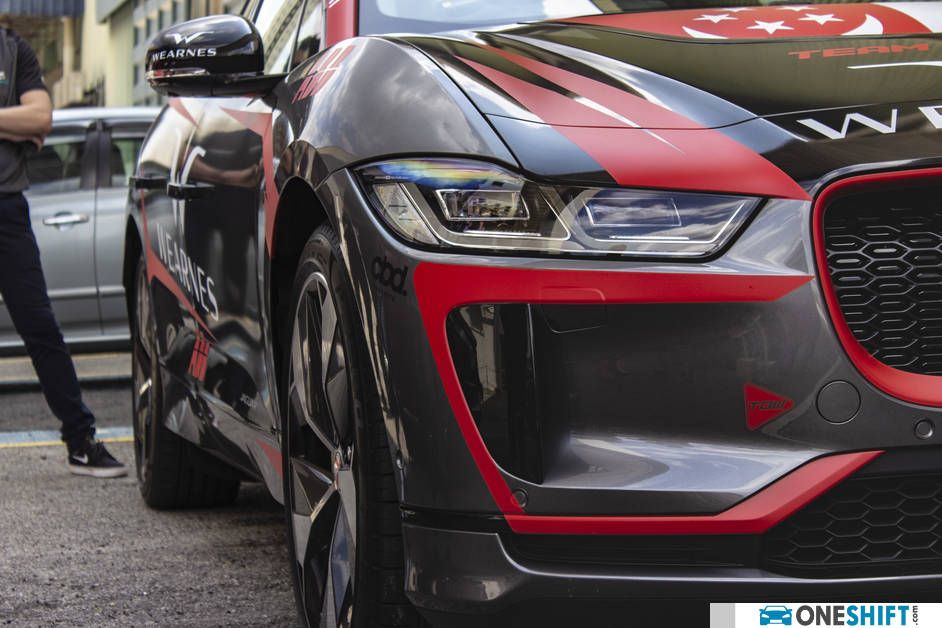
So it truly is a chicken and egg issue with rolling out the infrastructure, even on home soil. While there are public chargers readily available, it is cheaper overall to roll out low powered units. Perhaps to physically show that we have the infrastructure in-place, rather than going all-out to ensure that we are truly EV ready.
Range anxiety is a real thing. A dreaded thought of what if we cannot make it to our destination, or that we cannot find any chargers along the way. Nearing Kuala Lumpur, we even began slowing the I-Pace down to conserve on energy, and for a while we even shut the air-conditioning off (on a very warm day, and the I-Pace’s super large glass roof does not help at all). And from a drive which was rather relaxing, it reached a point that we truly felt angsty due to the build-up of heat in the cabin.
It was at that point we decided that this is lunacy, and put faith in the car, that it would be able to complete the journey without a hitch. The air-conditioning went back on to pre-depressive levels, we stopped crawling along the highway, and soon we were on the outskirts of KL, driving in total comfort again, and with capacity that will carry us for less than 70km.
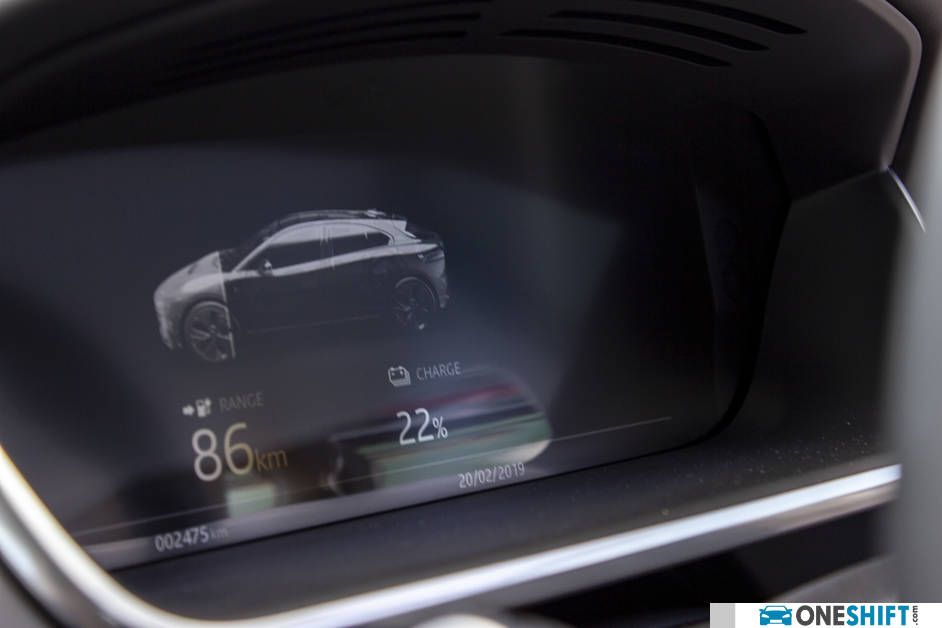
The Hilton Hotel in Malaysia’s capital city is equipped with three 7Kw low capacity chargers, which would mean a good 12 hours before the cars are fully charged. With 35km left, and after navigating through KL’s traffic, we turned into the carpark, and plugged in for the night.
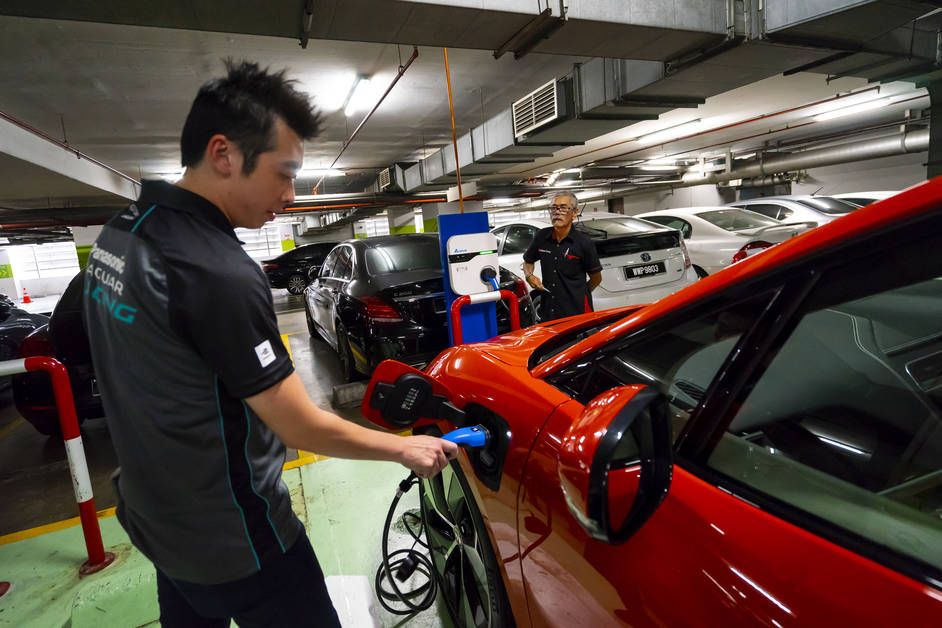
Photo credit: Jaguar Singapore & alvineatsrice
While in theory, it is possible to reach our destination on just one charge, doing it is truly an experience on its own.
The first leg of our trip the next day was to electric equipment supplier, ABB to test their fast DC charging station.
The Terra 53CJG EV charger supports three main charging standards, the Type 2 (Mennekes AC plug), which is used in Singapore, the Japanese CHAdeMO system and a Combined Charging System (CCS) which essentially shares the Type 2 plug form, and connects only to the communicator pins of the car, but with an added DC connector below.
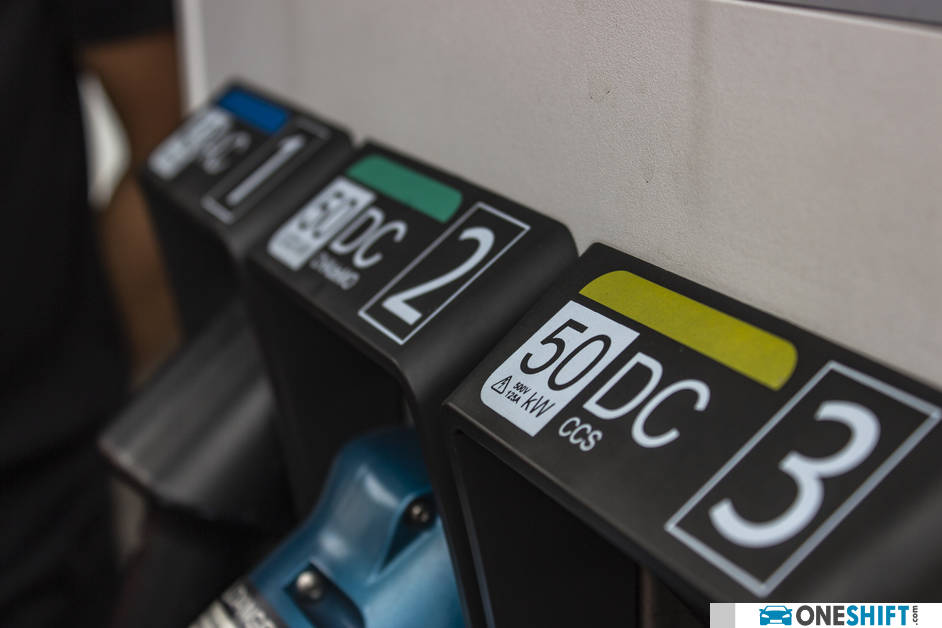
DC chargers offer users quicker charging, meaning that instead of a ten-hour charge time to up to 80% of the I-Pace’s battery from a 7.4kW AC unit; the same can be done in just 40 minutes with a 100kW DC charger. The one offered at ABB is rated at 50kW, which could in-essence offer quite a practical charging solution, in the event that the infrastructure is rolled out on a large scale; where in a scenario, you as a user stops for lunch while your vehicle charges, and then continues your journey further up-country.
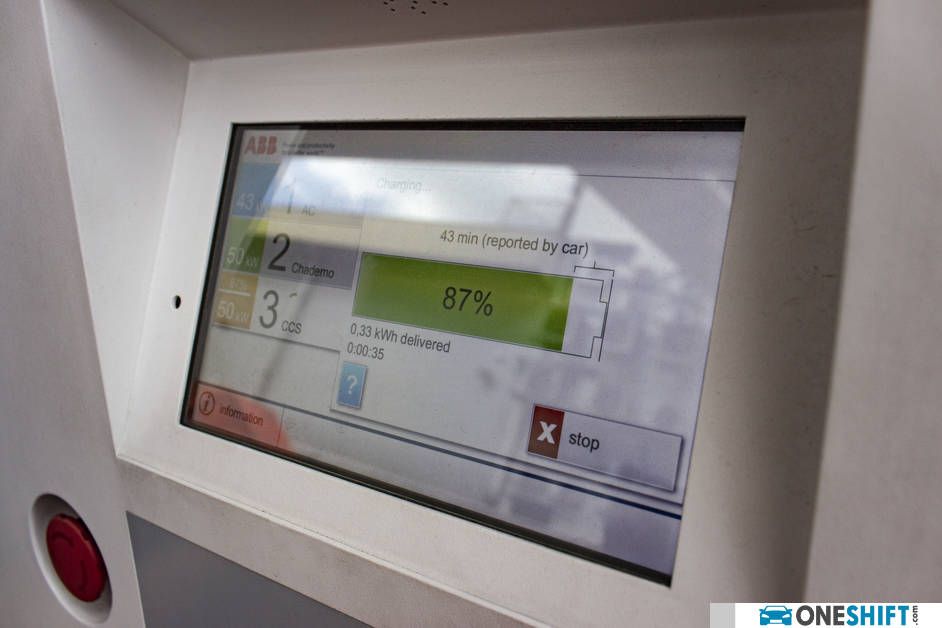
Photo credit: Jaguar Singapore & alvineatsrice
The golden opportunity to satisfy the curiosity of experiencing an EV on a racetrack… We meet up with Simon Evans, Jaguar I-Pace eTrophy (a feeder series into Formula E) driver, and winner of the Ad Diriyah leg of the competition, at the circuit; catching a short coaching session with us before heading on to Hong Kong for his next race.
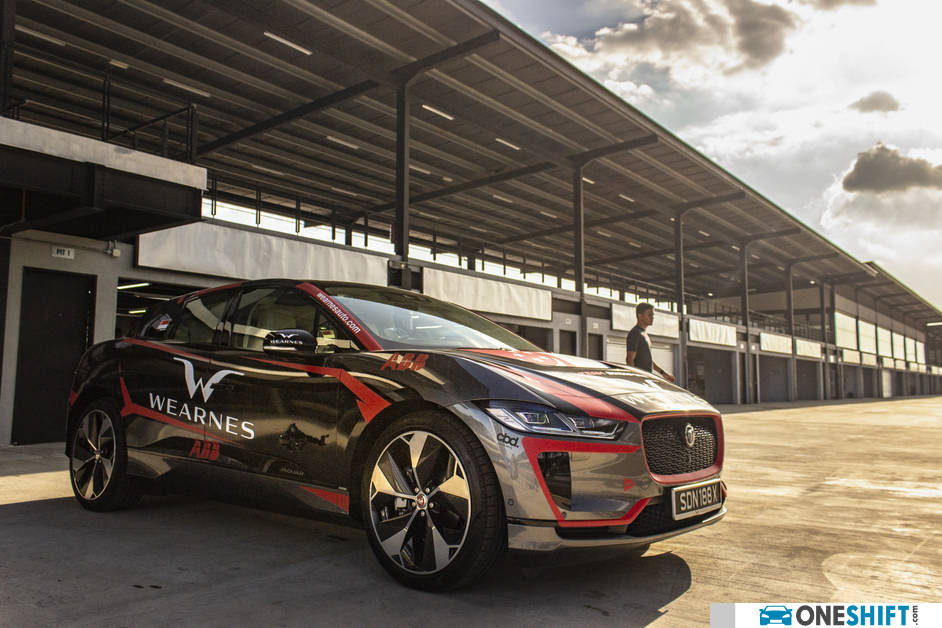
While he takes us for an orientation lap around the track, it becomes evident that being in a car this quiet, does not provide you with an audible reference to how quick you are actually going. It is actually Simon’s actual first time driving on the Sepang circuit, and we were amazed at how skillful he is in putting the stock-standard I-Pace through its erm… paces, and knowing right away how to take his lines on a track new to him. While the I-Pace feels well-planted on normal roads, and handling further helped by its four-wheel drive system, a proper shakedown on a track quickly reveals its engineering limits.
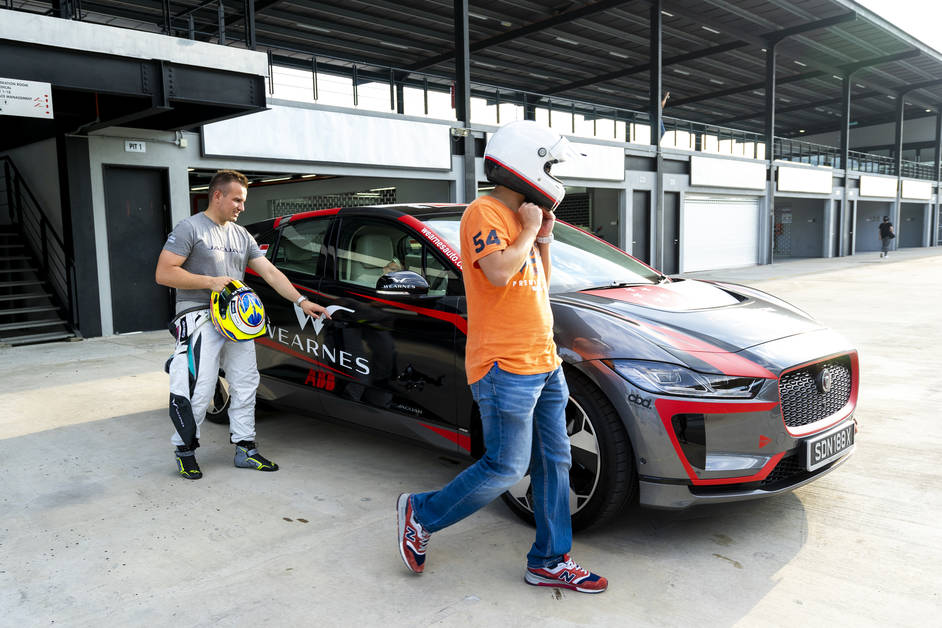
Photo credit: Jaguar Singapore & alvineatsrice
With myself now behind the wheel, and fresh out from the pit, I could tell straight up that even with the suspension dropped to its lowest ride height setting, the I-Pace is tuned with a greater lean toward comfort. Acceleration is brisk, with 696Nm of torque pushing you back into the seat. The I-Pace takes just 4.8 seconds to hit 100km/h. With only a very faint whirring from the twin motors, it becomes a little difficult to have an idea of how quick you really are going down the track, and I did learn the hard way when it came to braking hard and going into my first turn.
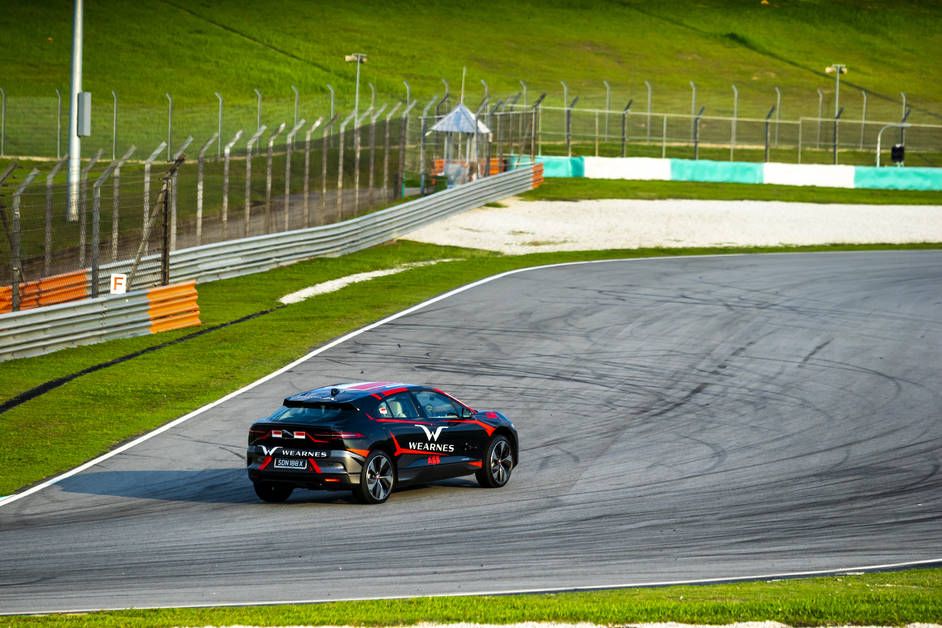
Photo credit: Jaguar Singapore & alvineatsrice
With a kerb weight of 2,133kg, much of it being battery, and brakes which are clearly not suited for track use (since the car relies more on its regenerative braking instead, to shed most of its speed); I entered the first bend way too quickly, and found myself fighting plenty of understeer, as the car was still coming in too fast, despite all that heavy braking.
Quickly adapting to the car’s on-track behaviour, and stealing quick glances at the “Econo Meter”, you could see the needle yo-yo-ing between full-on power, and full-on charge when the brakes were floored. Available mileage displayed also was reduced very quickly from three digits to two.
At the end of our track session, the I-Pace limped to KLIA, where the nearest charging station is situated for some juice.
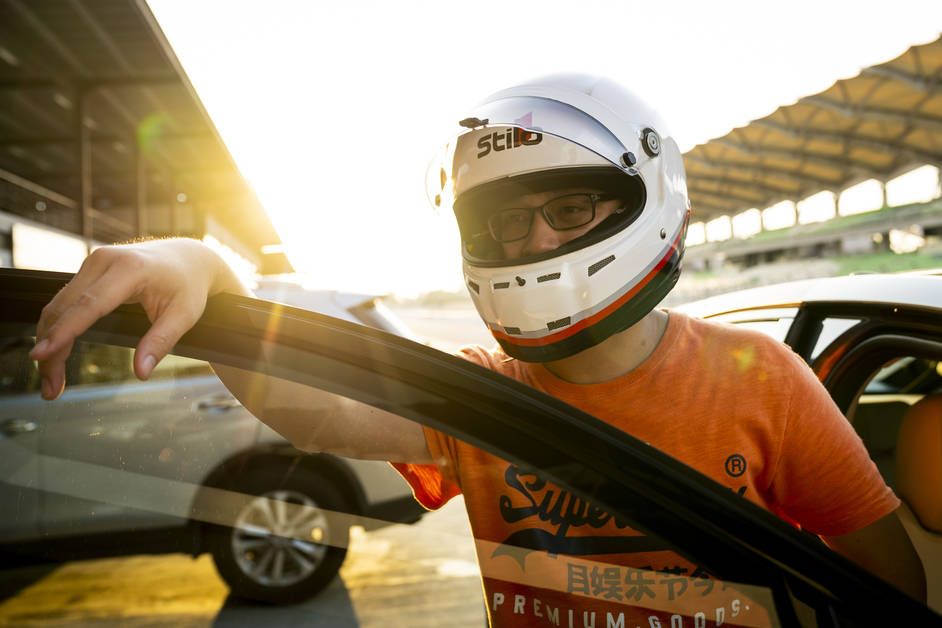
Photo credit: Jaguar Singapore & alvineatsrice
It certainly does amaze me that electric cars have come a long way. A car like the I-Pace stands up well to a real world test of going the distance. While there is still a little way to go before we can see the trickle of technology reach easily affordable levels (even with entry-level EVs), but believe me when I say this, we can already smell the future, and it could be one of cleaner air.*
*Then again you are only as clean as the source of your power.
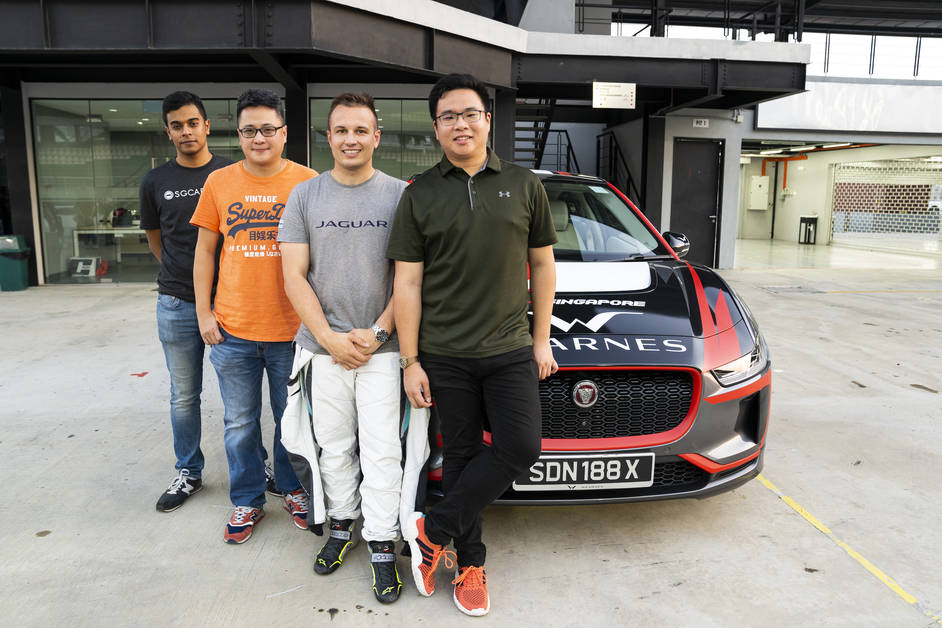
Photo credit: Jaguar Singapore & alvineatsrice
.
if you ever have an EV and are planning a long drive…
Do not speed (too much)
Do not accelerate hard unnecessarily
Use the adaptive cruise control when you can, to eliminate the tendency to unwittingly squeeze down on the accelerator
Plan your journey well, with higher capacity charging stations in-mind
Get well acquainted with the EV, they do drive quite differently from regular cars

- Convenient and Hassle-Free
- Consumer Protection
Transparent Process
With No Obligation


Get the Best Price for your used car
from 500+ dealers in 24 hours

